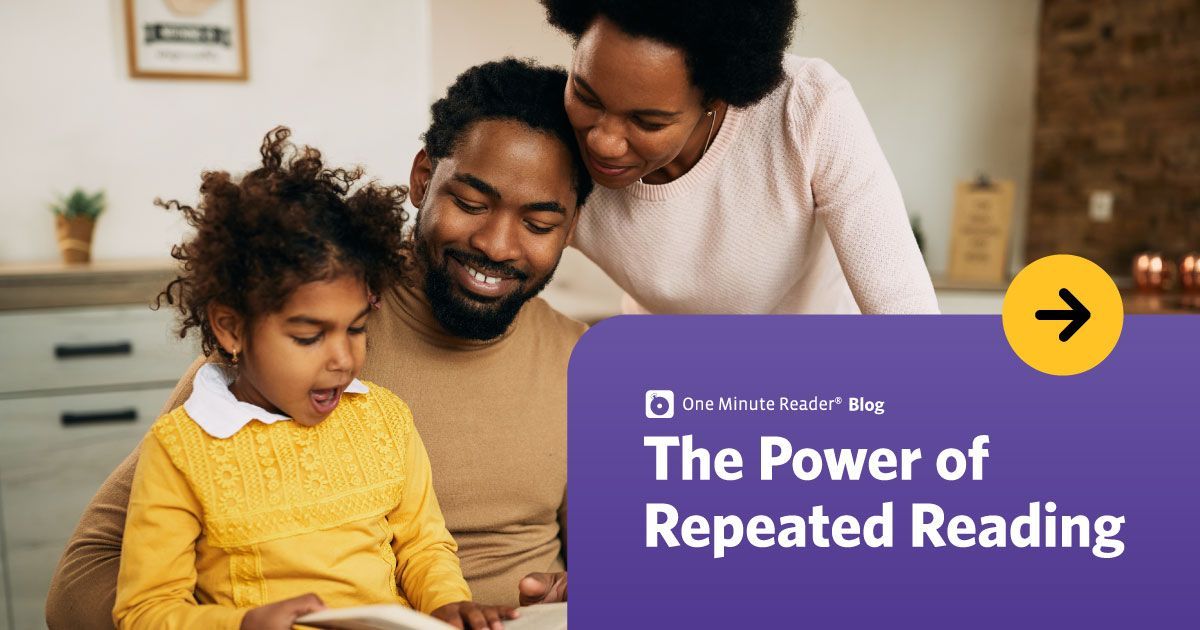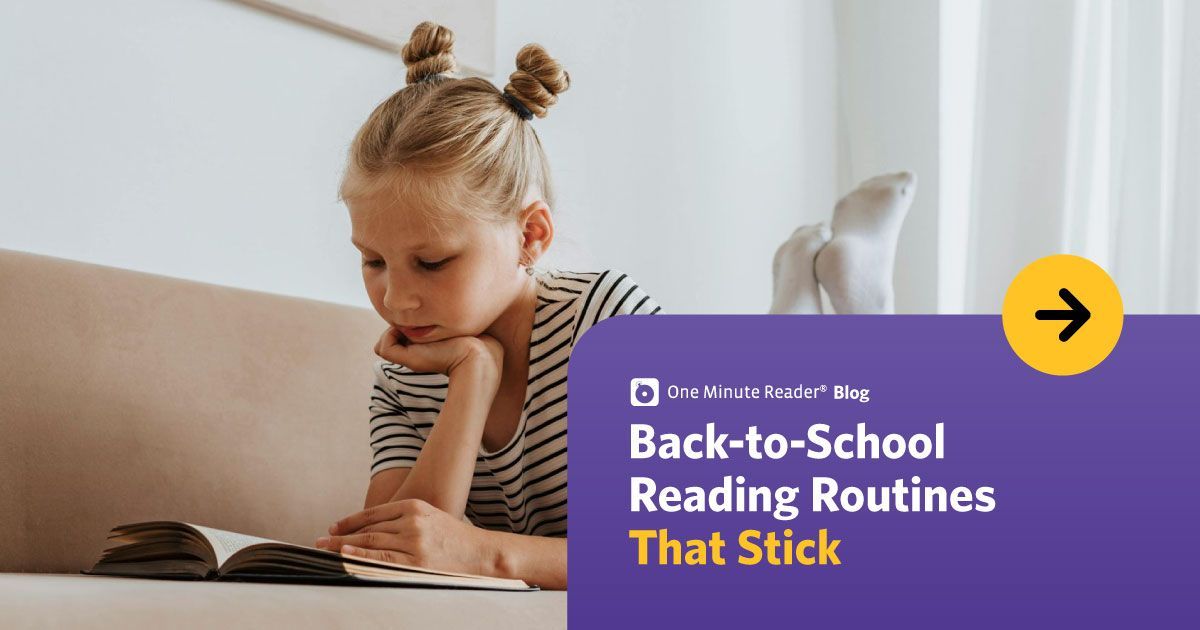Blog
Building Confidence in Struggling Readers: A Parent's Guide
“I’m not smart enough.” “I’m bad at reading." Has your child ever said these things to you? How did you respond? Hearing these words can be heartbreaking, and as a parent, it's natural to want to reassure them with a quick, "That’s not true!" or “Don’t say that!” But these feelings of frustration and self-doubt require a deeper response.
Kids discover very early on that much of their experience at school hinges on reading—first learning to read and then reading to learn. When they struggle with reading, their confidence drops. The most effective thing we can do to help children rebuild their confidence is to help them build their competence.
What does that look like?
READING TOGETHER
Being present with your child while they read opens up opportunities for you to provide essential support. One powerful approach is teacher modeling, a research-proven strategy that helps developing readers learn unfamiliar words, improve pronunciation, and build fluency.
You can scaffold the support you provide by gradually releasing responsibility as their skills improve. For example, you may start by reading to them, then practice reading in tandem, taking turns, having them read to you, and eventually having them read more independently.
When your child is reading to you, you have the opportunity to correct errors in real time. Children want to read accurately, and error correction is an important part of helping them improve. Be sure to deliver corrections calmly and directly, without associating mistakes with judgment or shame. It’s crucial to create a learning environment where your child feels safe and supported.
Reading together is also a great opportunity to demonstrate the joy of reading. When you make this activity fun and interesting, kids will associate reading with a positive experience and be more motivated to keep it up.
PRACTICE TIME
Like any skill, reading improves with practice. One highly effective strategy is repeated reading, where a developing reader reads the same passage multiple times until they can read it fluently. This method helps them develop automaticity—the ability to recognize words quickly and accurately. This automatic recognition will transfer to new texts and free up mental energy to be able to focus more on comprehending the text.
Help your child understand that their brain is like a muscle—it grows stronger the more they use it. You can even set up a “reading gym” at home: a comfortable space where they can practice reading daily. Schedule time for them to use the reading gym every day. The more frequently your child reads, the more progress they’ll make.
MOTIVATION
To boost motivation and confidence, children need to be actively engaged in their own learning. Work with your child to set achievable reading goals, and find ways to track their progress using visual tools like graphs or charts. When students have specific goals, they demonstrate significantly higher self-efficacy. When they can monitor their own progress toward these goals, it helps them to feel motivated and invested in their efforts.
Give your child specific feedback and praise. Positive reinforcement should be tied not only to their effort but also to the strategies they use effectively. This builds self-awareness and reinforces the idea that they have control over their own learning.
RESOURCES
By now, you may be thinking, “This all makes sense, but how do I actually make it happen? Where do I find the right passages? How can I measure my child’s progress? What if my child needs more reading practice than I have time to be present for?” This is where One Minute Reader comes in!
One Minute Reader uses teacher modeling, repeated reading, and progress monitoring to help students develop their reading skills—and consequently, their confidence. It guides developing readers through scaffolded steps to grow their skills and provides dozens of high-interest, nonfiction passages that bridge the gap between learning to read and reading to learn.
While it’s important to make time to read with your child, correct mistakes, and offer feedback and encouragement, One Minute Reader can support you by providing opportunities for your child to read independently with high-interest passages, scaffolded steps, audio support, data, and more. This allows you to focus on offering the personal encouragement and support that only you, as a parent, can provide.
Let One Minute Reader help you help your child grow into a competent, confident reader.
Highlighted Posts
Ready to see an improvement in your child's reading?
Sign up today and get seven days for FREE.
One Minute Reader is just $8 per month after your free trial.



